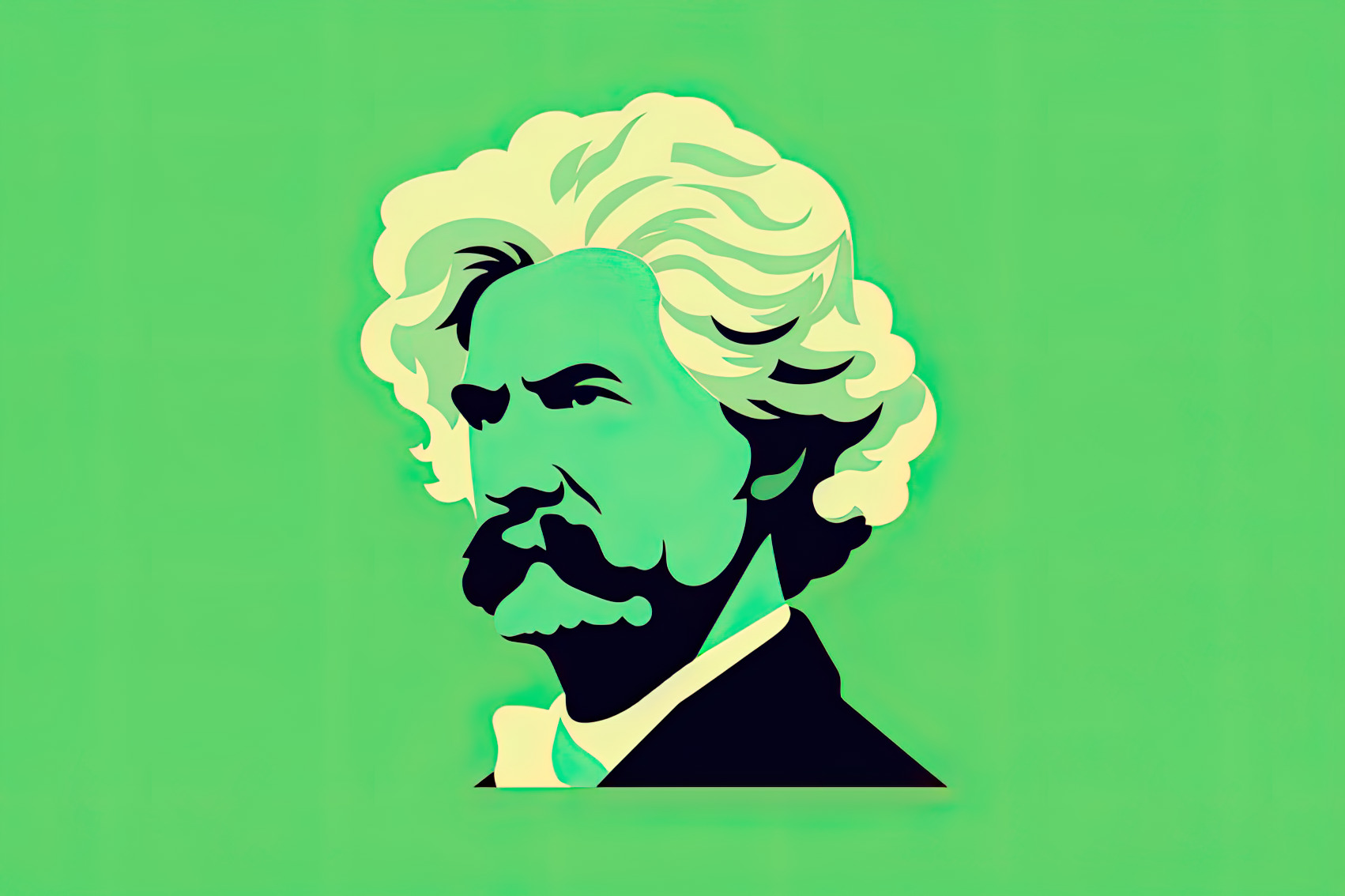Table of Contents
ToggleIntroduction
A Connecticut Yankee In King Arthur’s Court Summary A Connecticut Yankee in King Arthur’s Court, published in 1889, is a satirical novel by Mark Twain that juxtaposes 19th-century American culture with the romanticized world of medieval England. The story follows Hank Morgan, a skilled mechanic from Connecticut, who inexplicably finds himself transported back in time to the court of King Arthur. Through his experiences, Twain critiques both the romanticized views of the Middle Ages and the social and political issues of his own time.
Part 1: The Protagonist’s Introduction
The novel begins with the protagonist, Hank Morgan, describing himself as a “Yankee,” a term used for people from the northern United States, particularly New England. Hank works as a foreman in a factory in Connecticut, and he is portrayed as a practical, resourceful, and innovative man. His modern sensibilities and technological knowledge set him apart from the people of King Arthur’s court, where superstition and chivalry dominate the culture.
The story opens in a factory in Connecticut, where Hank Morgan is a foreman. He is proud of his abilities as a mechanic and his understanding of technology, which he sees as superior to the archaic methods of the medieval world. The narrative then shifts to a confrontation at the factory, where Hank gets into a fight with a rival. During this altercation, he is struck on the head, and when he awakens, he finds himself in the land of Camelot.
READ MORE
Part 2: Arrival in Camelot
A Connecticut Yankee In King Arthur’s Court Summary Hank wakes up in a strange land surrounded by knights and peasants. Initially, he is bewildered, but he quickly assesses the situation. He realizes that he has been transported to the court of King Arthur, a legendary time that has fascinated people for centuries. Hank’s modern thinking leads him to quickly understand that he is in a world dominated by superstition, feudalism, and a rigid class structure.
Upon his arrival, he encounters a knight named Sir Lancelot, and their interaction highlights the absurdity of the chivalric code and the romantic ideals of knighthood. Hank’s observations and commentary provide a satirical lens through which readers can understand the absurdities of medieval society.
Hank is captured by some knights and taken to Camelot, where he meets King Arthur. Hank quickly deduces that he must use his knowledge and ingenuity to navigate this strange world. He concocts a story that he is a powerful sorcerer and impresses the king and his court with his apparent abilities.

Part 3: Rising to Power
Hank’s confidence and innovative ideas quickly gain the favor of King Arthur. He presents himself as a visionary who can bring the benefits of modern technology to Camelot. The king, enamored with the idea of progress, grants Hank considerable influence. Hank begins to implement changes in the kingdom, advocating for education, technology, and social reform.
Using his modern knowledge, Hank introduces innovations such as the telegraph, electricity, and even a form of modern education. His approach is met with mixed reactions from the nobility and the commoners alike. While many are intrigued by his ideas, others are resistant, clinging to their traditional beliefs and lifestyles.
Part 4: Social Reforms
As Hank consolidates his power, he initiates a series of reforms aimed at improving the lives of the common people. He establishes a public school system, promotes agricultural advancements, and even introduces democratic ideals to the feudal society. His efforts to educate the masses are met with resistance from the nobility, who fear the loss of their power.A Connecticut Yankee In King Arthur’s Court Summary
Hank’s initiatives lead to a significant shift in the social dynamics of Camelot. The commoners begin to embrace education and technology, and their newfound knowledge challenges the established order. However, Hank also faces challenges from those who feel threatened by his progressive ideas.
Part 5: The Tournament and Conflict
A Connecticut Yankee In King Arthur’s Court Summary As Hank’s influence grows, he decides to host a grand tournament to showcase his innovations and promote camaraderie among the different classes. The tournament attracts knights from across the kingdom, but it also draws the ire of those loyal to traditional values. Hank’s modern ideas are perceived as a threat to the chivalric ideals that have long governed Camelot.
During the tournament, Hank faces off against Sir Lancelot, one of the most revered knights in the kingdom. The tournament serves as a microcosm of the larger conflicts between modernity and tradition, progress and stagnation. Hank’s victory in the tournament further solidifies his position but also intensifies the animosity of those who oppose him.A Connecticut Yankee In King Arthur’s Court Summary b
Part 6: Betrayal and Downfall
Despite his successes, Hank’s position becomes precarious as jealousy and resentment brew among the nobility. They conspire against him, seeking to undermine his authority and discredit his innovations. A pivotal moment occurs when Hank’s enemies frame him for a crime, leading to his imprisonment.
In prison, Hank reflects on his experiences and the nature of power. He grapples with the complexities of leadership and the challenges of enacting change in a society deeply entrenched in tradition. This period of introspection prompts him to reconsider his approach to leadership and the means by which he sought to effect change.
Part 7: The Return to the Future
Hank’s imprisonment leads him to devise a plan to escape and regain his position. However, just as he begins to execute his plan, he finds himself transported back to the 19th century. The abrupt shift serves as a stark reminder of the tensions between the two worlds—one steeped in tradition and the other characterized by progress.
Returning to his own time, Hank reflects on the lessons he has learned during his time in Camelot. His experiences have shaped his understanding of power, leadership, and the challenges of instilling progress in a resistant society. The novel concludes with Hank contemplating the future, leaving readers to ponder the implications of his journey and the nature of progress.
Themes and Analysis
A Connecticut Yankee in King Arthur’s Court is rich with themes that resonate throughout the narrative:
1. Progress vs. Tradition
The central theme of the novel revolves around the conflict between progress and tradition. Twain uses Hank’s character to explore the benefits of modernity, while also illustrating the resistance that often accompanies change. Through Hank’s efforts to reform Camelot, the novel examines the challenges of implementing progress in a society entrenched in tradition.
2. Class and Social Structure
Twain critiques the rigid class structures of both medieval and 19th-century society. Through Hank’s interactions with the nobility and commoners, the novel highlights the absurdities of social hierarchies and the arbitrary nature of class distinctions. Hank’s rise to power challenges the established order and prompts readers to consider the implications of social mobility.
3. Satire and Irony
The novel employs satire and irony to critique the romanticized notions of chivalry and knighthood. Twain’s portrayal of knights and the chivalric code reveals the absurdity of these ideals, contrasting them with the practicality and resourcefulness of modernity. Through humorous situations and exaggerated characters, Twain invites readers to question the values of both medieval and contemporary societies.
4. Education and Enlightenment
Hank’s emphasis on education as a means of empowerment underscores the novel’s advocacy for enlightenment and progress. Twain suggests that knowledge is a powerful tool for social change, capable of challenging oppressive systems and fostering understanding among different classes.
5. The Nature of Leadership
Hank’s experiences raise questions about the nature of leadership and the responsibilities that come with power. Twain explores the complexities of governance, highlighting the difficulties of enacting change in a society resistant to new ideas. The novel suggests that true leadership requires empathy, understanding, and a willingness to navigate the challenges of progress.

Conclusion
A Connecticut Yankee in King Arthur’s Court is a thought-provoking exploration of the tension between progress and tradition. Twain’s satirical lens provides readers with a humorous yet critical perspective on both the medieval world and his contemporary society. Through Hank Morgan’s journey, the novel raises important questions about social structure, leadership, and the nature of change, making it a timeless classic that continues to resonate with readers today.
(FAQs)
1. What is the main plot of A Connecticut Yankee in King Arthur’s Court?
The main plot follows Hank Morgan, a 19th-century mechanic who finds himself transported back to the court of King Arthur. Using his modern knowledge, Hank attempts to reform the medieval society, but he faces resistance from those who cling to traditional values.
2. What are the central themes of the novel?
The central themes include the conflict between progress and tradition, critiques of social class and structure, satire of chivalric ideals, the importance of education, and the complexities of leadership.
3. How does Hank Morgan adapt to life in Camelot?
Hank quickly adapts to life in Camelot by presenting himself as a powerful sorcerer. He uses his knowledge of technology and modern ideas to gain favor with King Arthur and implement social reforms, although he faces challenges from the nobility.
4. What role does satire play in the novel?
Satire plays a significant role in the novel as Twain critiques romanticized notions of chivalry and the absurdities of medieval society. Through humorous situations and exaggerated characters, Twain encourages readers to question the values and structures of both the past and his contemporary society.
5. How does the novel end?
The novel ends with Hank being transported back to the 19th century after facing betrayal and imprisonment in Camelot. He reflects on his experiences and the lessons learned about power, progress, and leadership, leaving readers to ponder the implications of his journey.
6. How does Twain portray King Arthur and his court?
Twain portrays King Arthur and his court as idealistic yet naive, highlighting the absurdity of their chivalric values in contrast to Hank’s practical approach. The characters in Arthur’s court serve as representations of the romanticized views of the Middle Ages that Twain seeks to critique.
7. What is the significance of education in the novel?
Education is depicted as a powerful tool for social change and empowerment. Hank’s emphasis on educating the masses highlights the potential for knowledge to challenge oppressive systems and promote understanding among different social classes.
8. What lessons does Hank Morgan learn during his time in Camelot?
Hank learns valuable lessons about the complexities of leadership, the challenges of enacting change in a resistant society, and the importance of empathy and understanding. His experiences shape his perspective on power and progress, prompting him to reconsider his approach to leadership.

















